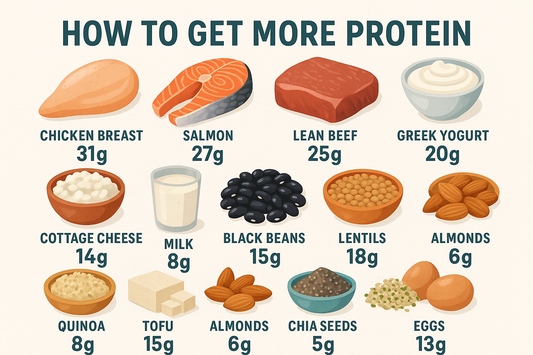
The digestive system comprises the chain of tube-like structures that transform our meals into body fuel. A total of nine metres of these complex pipe works, opening with the mouth and finishing with the anus, exists (roughly). End to end, food is broken down, dealt with, and reused before being dispersed around the body to sustain and supplant cells,and deliver energy to our muscles. Food on the plate has to be converted into a mashed-up, slushy fluid for the digestive system to be capable of splitting it up into its fundamental parts, i.e., carbohydrates, proteins, fats, minerals, and vitamins. At the end of the day, digestion time fluctuates between individuals and between women and men. After you ingest something, it takes around six to eight hours for foodstuff to pass through your stomach and small intestine. Food then goes into your large intestine (or colon) for added as similation, absorption of water and, lastly, purging of undigested food.
A study conducted about 30 years ago measured digestion time in twenty-one hale and hearty individuals. The results illustrated that the total time, from consumption to removal of stool, averaged nearly 53 hours (granting this number came from the markers they used to measure, which ultimately took longer to pass through than the food). Most of the time was spent in the large intestine, with a noteworthy difference between men and women (33 hours and 47 hours, respectively). A similar study was conducted with children which illustrated that the average time of transfer from mouth to anus was circa 33 hours. This seems to suggest that the size of the individual also affects the duration of digestion.[1][2]
Bibliography
- Benardot, Dan. Advanced Sports Nutrition. Champaign, IL: Human Kinetics, 2006.
- Campbell, Bill I., and Marie A. Spano. NSCA’s Guide to Sport and Exercise Nutrition. Champaign, IL: Human Kinetics, 2011.










